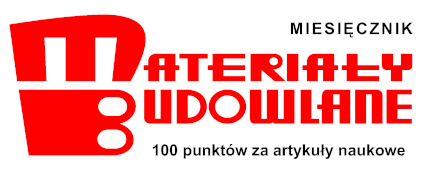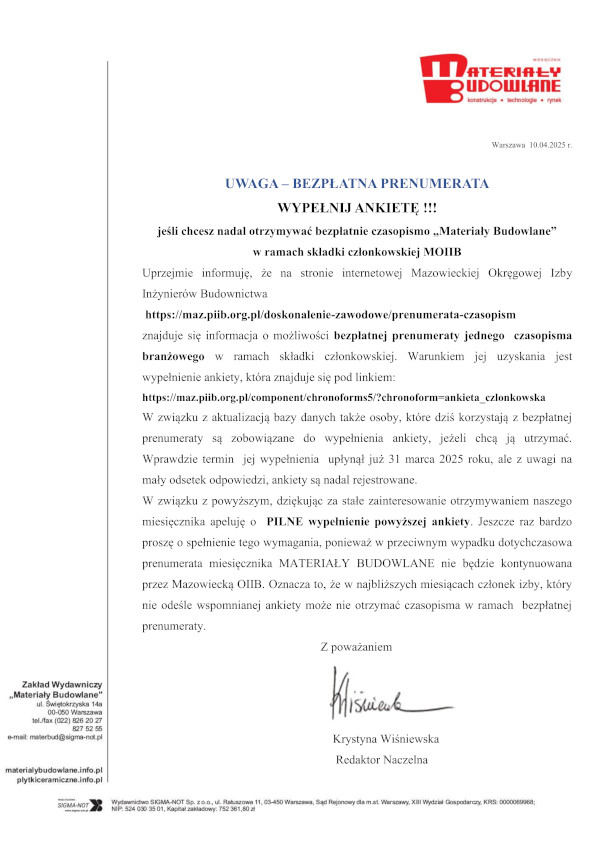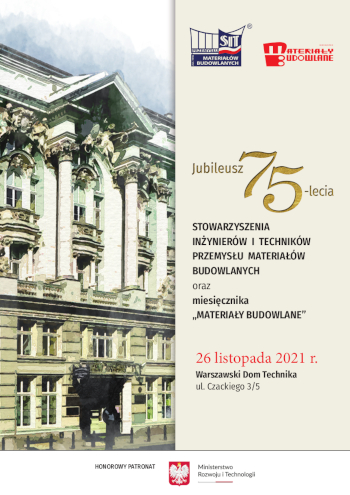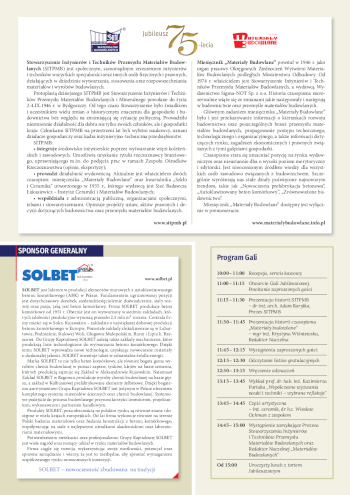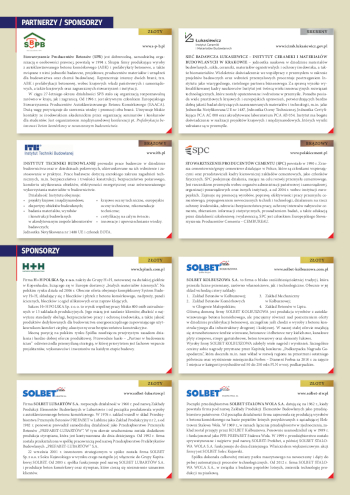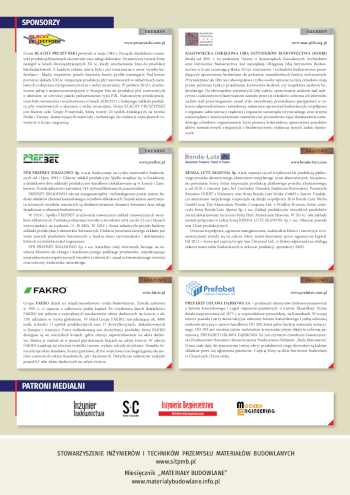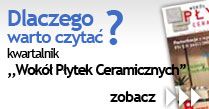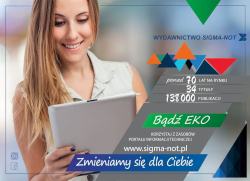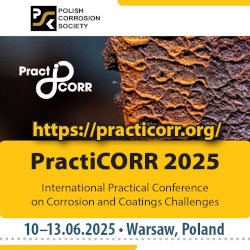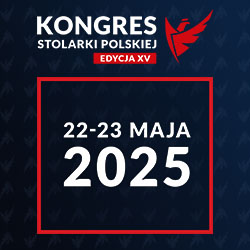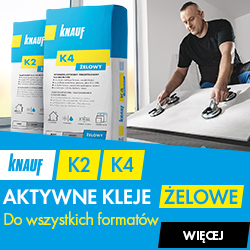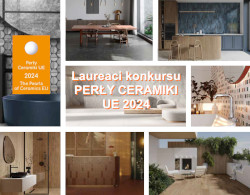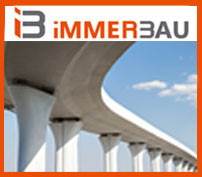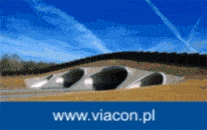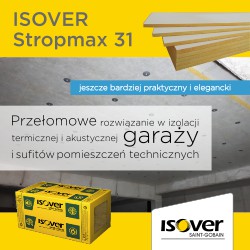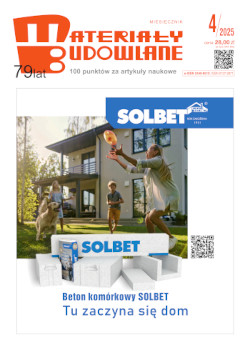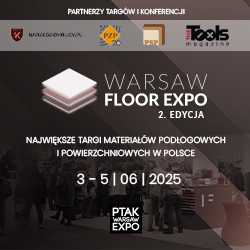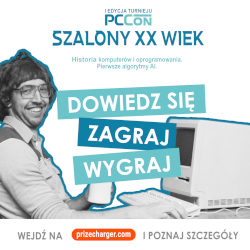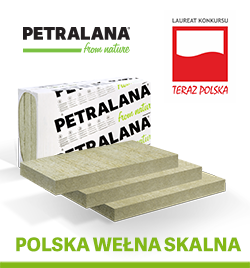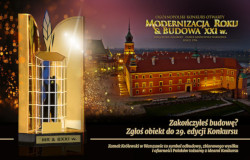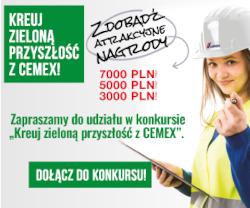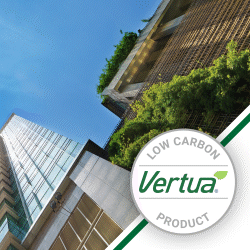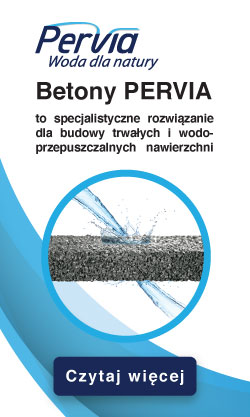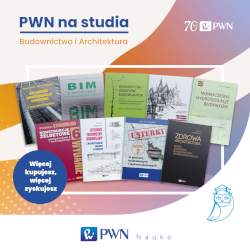prof. dr hab. inż. Henryk Nowak Politechnika Wrocławska,Wydział Budownictwa Lądowego i Wodnego
mgr inż. Paweł Noszczyk Politechnika Wrocławska,Wydział Budownictwa Lądowego i Wodnego
Autor do korespondencji e-mail : Ten adres pocztowy jest chroniony przed spamowaniem. Aby go zobaczyć, konieczne jest włączenie w przeglądarce obsługi JavaScript.
DOI: 10.15199/33.2016.02.11
W artykule omówiono zagadnienie wykorzystania termografii aktywnej w nieniszczących badaniach przegród budowlanych, w tym przebieg doświadczenia z wykorzystaniem termografii aktywnej w trybie odbiciowym.Wewnętrzne wtrącenia materiałowe w badanych modelach przegród zostały wykonane ze styropianu XPS, stali oraz granitu.Otrzymanewyniki opisano za pomocą bieżącego kontrastu temperaturowego. Artykuł prezentuje sposób wyznaczania głębokości położenia defektu w przegrodzie budowlanej za pomocą metody echo defect shape. Na podstawie wniosków z przeprowadzonego doświadczenia potwierdzono przydatność nieniszczących badań za pomocą termowizji aktywnej do detekcji głębokości defektów w przegrodach.
Słowa kluczowe: termografia aktywna, wtrącenia materiałowe, metoda echo defect shape.
* * *
Determination of depth of position defect in building partition with using active thermography
The paper presents the problem of building envelope investigation with the use of active thermography. Examples of active thermography in the reflective mode application and a description of the experimental investigation has been shown on a wall model with the inclusion of materials with significantly different thermal conductivity and heat capacity, i.e. styrofoam, steel and granite. Article presents a method of determining the depth of the defect in the building envelope using the echo defect shape method. Finally, the summary and conclusion is shown along with the prospects of development of this kind of investigation in inclusions depth detection.
Keywords: active thermography,material inclusions, echo defect shape method.
Literatura
[1] Duda Piotr, Jan Taler. 2003. „Rozwiązywanie prostych i odwrotnych zagadnień przewodzenia ciepła”. WNT, Warszawa.
[2] Maierhofer Christiane, Ralf Arndt, Mathias Rolling, Carsten Rieck, Andrei Walther, Horst Scheel, Bernd Hillemeier. 2006. „Application of impulse-thermography for non-destructive assessment of concrete structures”. Cement and Concrete Composities Vol. 28 Issue 4 April: 393-401. DOI: 10.1016/j. cemconcomp. 2006.02.011
[3] Maierhofer Christiane, Anders Brink, Mathias Rollig, Herbert Wiggenhauser. 2005. „Quantative impulse-thermography as non-destructive testing method in civil engineering – Experimental results and numerical simulations”. Construction and Building Material vol. 19: 731- 737. DOI: 10.1016/j. conbuildmat. 2005.06.002.
[4] Maldague Xavier. 2001 „Theory and practice of infrared technology for nondestructive testing”. John Wiley & Sons, Inc.
[5] Maldague Xavier, Sergio Marinetti 1996. „Pulse phase infrared thermography”. Journal Applied Physics,79:2694-2698.DOI:10.1063/1.362662.
[6] Nowak Henryk. 2012. „Zastosowanie badań termowizyjnych w budownictwie”. Oficyna Wydawnicza Politechniki Wrocławskiej.Wrocław.
[7] Nowak Henryk,Monika Kucypera. 2010. „Application of active thermography for detecting material defects in the building envelope”. Infrared Camera Applications Conference: Infra Mation. Proceedings Vol. 11 November 8–12, 2010. Las Vegas, NV, USA, 369–380.
[8] Nowak Henryk, Paweł Noszczyk. 2014. „Lokalizacja wtrąceń materiałowych w przegrodach budowlanych za pomocą termografii aktywnej”. Materiały Budowlane, 9: 56-59.
[9] Oliferuk Wiera. 2008. „Termografia podczerwieni w nieniszczących badaniach materiałów i urządzeń”. Biuro Gamma. Warszawa.
[10] Ozisik Necati, Helcio Orlande RB. 2000. „Inverse Heat Transfer. Fundamentals and Application”. Taylor & Francis.
[11] Richter Regina, Christiane Maierhofer, Marc Kreutzbruck 2013. „Numerical method of active thermography for reconstruction of back wall geometry”. NDT&E International 54: 189-197. DOI: 10.1016/j. ndteint. 2012.10.010.
[12] Wiggenhauser Herbert 2002. „Active IR-applications in civil engineering”. Infrared Physics & Technology” 43: 233-238
Otrzymano: 14.12.2015 r.
Materiały Budowlane 02/2016, str 36-38 (spis treści >>)
